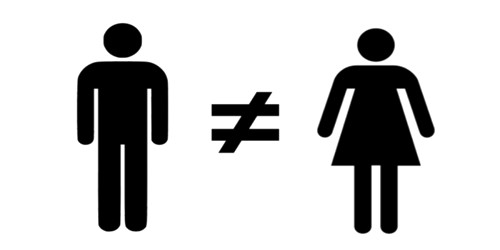Malaysia is home to people of various races. The Malays, Chinese, Indians, and Kadazans are the most numerous. There are also some Eurasians and mixed-race folks. As a result, there are several languages spoken in this country. Each race uses their own language or languages to communicate. As a result, when people of one race try to communicate with individuals of another race, complications develop.
Even when the Chinese desire to converse with one another, let alone with someone of a different race, there are challenges. The most prevalent issue with having so many languages in one country is that when tourists come to visit, they will be unable to converse with the locals unless they study the language.
This is due to the fact that the Chinese originated in various places of China and speak a variety of dialects. We have Cantonese, Mandarin, Hokkien, Hakka, Teochew, Hainanese, and more lesser-known dialects that are as distinct as German and English. When a Cantonese person attempts to converse with a Hokkien person, they must employ a dialect that both are familiar with; otherwise, communication is difficult.
Cantonese is commonly spoken among Chinese in Peninsular Malaysia’s central regions. However, Hokkien is the main dialect in the northern and southern regions. As a result, if a person from Kuala Lumpur who does not speak Hokkien travels to Penang, he will have significant difficulty communicating. The same is true for a Penang resident who does not speak Cantonese and want to visit Kuala Lumpur.
Mandarin is the official language of China. As a result, many Chinese here choose to communicate in Mandarin. Many Chinese, however, are not educated in Chinese schools and do not speak Mandarin. Communication issues develop once more. As a result, it is not uncommon to encounter two Chinese people conversing in English or Malay.
There are variations of the Malay language spoken in different parts of the country among Malays. A person from Johore will have a difficult time understanding someone who speaks the Kelantan dialect. Fortunately, they can all communicate in regular Malay, which is widely spoken.
Indians speak a variety of languages, the most common of which are Tamil, Hindi, and Punjabi. When they try to communicate, they may face new challenges. When Indians speak with one another, they usually utilize Tamil. They could also speak English or Malay. The government recognizes the problems presented by the different languages and has designated Bahasa Melayu (Malay) as the national language. In all schools, Malaya is the medium of teaching. It is also the language of all official or government correspondence. Almost all Malaysians can now communicate in Malay. As a result, communication between races is not particularly difficult.
However, when communicating among themselves, each race prefers to speak their own language. This cannot be avoided. Fortunately, this has resulted in the majority of Malaysians being able to communicate in more than one language. This is a huge benefit. It’s amazing to be able to easily transition from one language to another. This frequently astounds visitors to our country.
If someone speaks language A while you speak language B, you two will be unaware that your location has many languages. It would be difficult to convey. It is for this reason that every country has a distinct language that unifies all of its people in a basic language. As a result, people from various locations, races, and ethics can communicate with one another without misunderstanding.
As a result, having multiple languages creates communication challenges. However, the shared national language, Malay, has overcome this. Finally, it is unavoidable. Isn’t it true that being multilingual is preferable to being able to speak only one language?
















